Australia is now transitioning to the Workplace exposure limits for airborne contaminants (WEL list). Until 1 December 2026, PCBUs must still comply with the WES list. Contact your work health and safety regulator for further information.
From 1 December 2026, persons conducting a business or undertaking (PCBUs) must ensure that no person at the workplace is exposed to an airborne contaminant at a level above the exposure limit in the workplace exposure limits for airborne contaminants.
Downloads
This document is the list workplace exposure limits for airborne contaminants (WEL list).
Following the WES review, Work Health and Safety (WHS) ministers agreed to transition to the WEL list with an implementation date of 1 December 2026.
It is important you:
- familiarise yourself with the WEL list,
- any changes to the limits for any airborne contaminants you use or generate in your workplace, and
- your obligations regarding airborne contaminants as a PCBU or worker prior to implementation of the WEL list.
From time to time, Safe Work Australia will address typographical and transcription errors in the WEL list. If you identify a potential typographical or transcription error, please contact chemicals@swa.gov.au.
For more information on the WEL list, including laws that apply in your jurisdiction and what you can do to prepare for 1 December 2026, please contact your WHS or mining regulator.
Supporting information
Publication Date:
Last updated:
Publication type:
